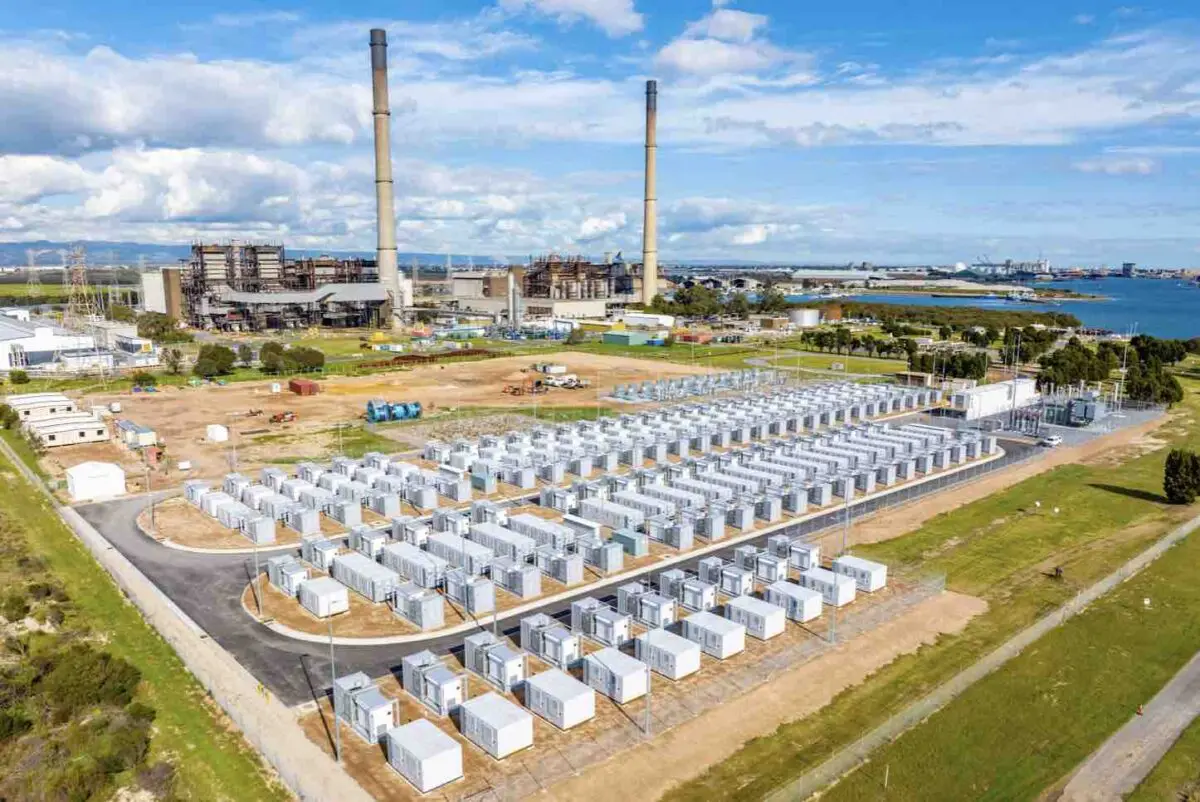Battery storage is now confirmed as the dominant player in the provision of key services to the grid, as batteries and demand management nudge out fossil fuel generators from one of the more lucrative sections of the electricity market.
The latest Quarterly Energy Dynamics report from the Australian Energy Market Operator reveals that batteries took a 50 per cent share in the frequency and ancillary services (FCAS) market in the December quarter, up from 38 per cent a year earlier and zero before the first big battery at Hornsdale was connected in late 2017.
Part of the reason is the speed and versatility of battery storage, and the latest boost also comes from the creation of a new market – the vary fast FCAS Service that was introduced last year, where batteries, demand management and virtual power plants (linked smaller batteries) are the only technologies quick and smart enough to respond competitively.

It also comes as the result of a flurry of newly commissioned big battery projects, including the Hazelwood, Torrens Island and Riverina projects over the past year. The newly completed Bouldercombe battery and a host of other new projects will lift that market share further in the coming year.
Overall, total FCAS costs for the quarter were $33 million, a $6 million reduction from the September quarter 2023, and little more than half the $64 million costs of the same quarter in 2022, when transmission outages affected South Australia and Tasmania and led to higher costs.
Costs for the new Very Fast Raise Contingency were $4.6 million, while the Very Fast Lower Contingency market contributed $1.8 million.










